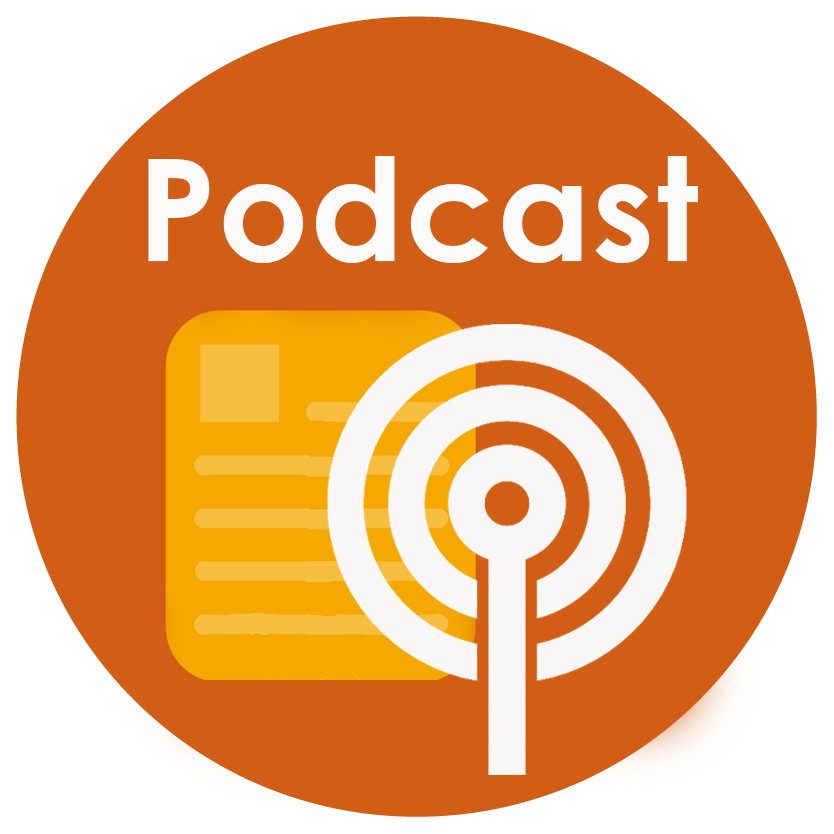
Volume XLII, No. 33 | September 3, 2020
Brackets Are for More Than March Madness: Using a Snowball Pitch Activity to Foster Student Engagement and Learning
Game-based, competition-based, and project-based activities have been found to positively impact student learning. The Snowball Pitch, an activity that combines game-based, competition-based, and project-based learning concepts for increased student engagement and learning, can be used for in-person and online classes and modified to suit synchronous and asynchronous learning. This activity hits all the sweet spots of engaging learners with course content, with each other, and with the instructor.
Basic Instructions
Students are provided a complex problem to solve, typically in a Dear Abby letter style, a short case study, or an instructor prompt.
- Students solve the problem individually.
- Students are paired to pitch their solutions. The pair has a set amount of time to decide on a solution they will bring forward. It can be student A’s solution, student B’s solution, or a combination of both.
- Each student pair pitches their solution to another student pair, and the new groups of four create agreed upon final answers. They can select group A’s solution, group B’s solution, or a combination of both. As these discussions progress, each new pitch is an opportunity for students to hear differing viewpoints and add details they wouldn’t have thought of by themselves.
- The groups of four pair off with their newly constructed pitches. This goes on until the class is divided into two large groups.
- Each half of the class comes to the final competition with an agreed-upon pitch.
- The instructor chooses a champion!
- The instructor leads a class discussion about the process, the learning that happened along the way, and concepts that may have been missing from the two final pitches.
This activity can be done successfully in online and face-to-face classes. In online courses, it can be done asynchronously by using a discussion forum, or synchronously in web conference breakout rooms. Please consider the bandwidth access of your students when selecting asynchronous and synchronous activities.
Supportive Competition
The competition style in this activity is different than most. It focuses on construction and collaboration instead of winning. Each group brings their answers together and communicates collaboratively toward the answer that will be brought to the next round. Once they decide on an answer, they cheer each other on. While some disadvantages to competition in learning have been noted, such as decreased learning responsibility and increased anxiety levels in students, these are minimized when students collaborate as a team.
An alternative assignment is to have groups choose a solution without changes or compromise. They must choose either solution A or solution B and move forward. This is a helpful exercise for use in real life. For example, if your idea isn’t selected in a meeting, there is a time when you need to get behind the other choice for the success of the team.
Impact of Student Engagement on Learning
When considering the Model for Engaging the Online Learner, this activity addresses engagement with peers, content, instructors, applicability, and depending upon the problem being solved, engagement with the program. If done online, this assignment can address technology efficacy as well. Increasing student engagement levels with course content, peers, and the instructor have been shown to increase student learning.
Application in Practice: Examples in College Courses
Example 1: Using Rhetoric to Persuade a Friend
Prompt: You are trying to convince a friend to take an elective with you. This friend is one year younger than you and is already taking a full course load. She worries that she will be too busy to take on another class. She also worries that the workload might keep her from spending time with friends. Using a combination of the rhetorical appeals (ethos, logos, pathos, and kairos), how might you persuade her to take the elective with you? In what way would you appeal to her—in person, via email, via text?
Initial instructions: Take three minutes to write down your notes and ideas. At the end of the three minutes, please take three more minutes to write your appeal to your friend. More instructions will follow (see steps 2-7 above).
Example 2: Exploring the Benefits and Drawbacks of Wind Power
Prompt: A major wind company has come to your town hoping to buy land rights from local farmers. They talk about decreased electricity prices for the community and positive environmental impacts. But some community members worry about disrupting bird populations. Local farmers worry their property value will decrease once the large wind turbines are built.
For this assignment, it is best to assign students to one side of the controversy. You could evenly split the class to create a final debate or have all students take the same side to stay more in line with the original intent of the assignment.
Initial instructions: Take 10 minutes to investigate both sides of the argument. What other concerns and benefits of wind power can you find? How would those concerns and benefits contribute to the conversation? Take 10 minutes to write a pitch for your side of the argument. More instructions will follow (see steps 2-7 above).
Conclusion
The Snowball Pitch activity can be used in a variety of disciplines. The overarching purpose of this activity, beyond the learning growth, is preparing students for decision making and collaboration after college. Students can apply these concepts to become strong candidates in the hiring process and to be better prepared to hit the ground running once hired. In essence, this activity closes the gap between what can be learned in a textbook and how those concepts are applied in real-life work environments.
Michelle Bartlett, Faculty Scholar
For more information, contact the author at North Carolina State University, Belk Center, mebartle@ncsu.edu.



